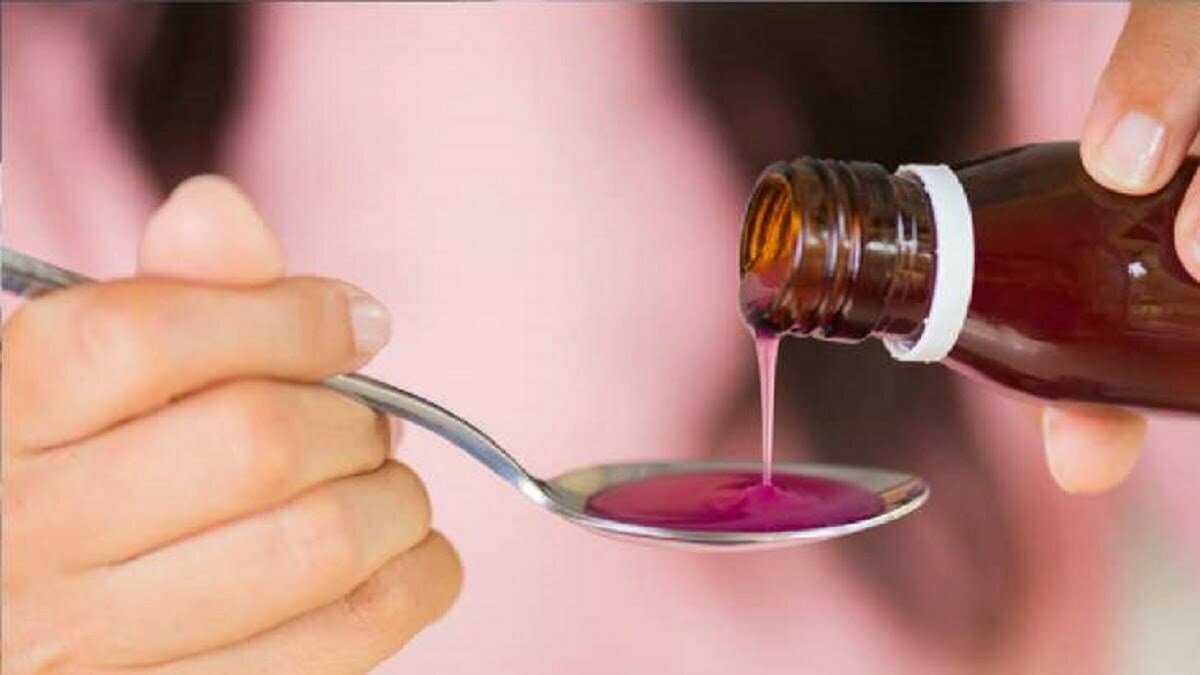The World Health Organisation (WHO) said it acted on information and photographs of packaging received from Australian regulator Therapeutic Goods Administration and the impacted countries — Marshall Islands and Micronesia — after issuing a medical alert for a contaminated cough syrup manufactured in India.
With the Punjab-based company claiming that it does not sell syrup to West Pacific countries, WHO noted in an email to The Deccan Era that the alert was sent solely to “ensure countries are aware and to protect their populations.”
When asked if the WHO had confirmed that the medicines were genuine, a WHO representative responded, “In cases like these, it is possible for a third party to distribute to other countries.” Our enquiry is still ongoing… I cannot speculate on the facts of this instance.”
The agency stated that it was still receiving information from the Australian authority regarding the number of samples taken from the two countries and the number of samples found to contain an inadequate amount of the contaminants diethylene glycol and ethylene glycol. The WHO stated that it is awaiting information from the affected nations on any adverse events or deaths that may be linked to the syrups.
“The goods were sampled and analysed by the Therapeutic Goods Administration during planned market monitoring programmes…. “WHO issues Medical Product Alerts only after conducting due diligence and receiving actionable information from those affected,” a spokesman said. “In this particular case, WHO received information and photographs of packaging from the Therapeutic Goods Administration and the impacted countries.”
According to the agency, the Indian regulator, the Central Drugs Standard Control Organisation (CDSCO), was notified on April 14 and 24. On April 12, the WHO reported that it contacted the maker and stated marketer and that “we await information from them.”
“We have received no emails from WHO,” Sudhir Pathak, MD of Punjab-based QP PharmaChem, said. How can we ignore their emails? We ship medications to a variety of countries. I only found out about the problem when CDSCO and state drug control authorities visited our factory.”
He said that if all documents had been properly examined, the query would not have reached his organisation. “We sold the drugs to be used in Cambodia.” How did it get to the Marshall Islands and Micronesia, and where did the samples come from? In an investigation like this, the regulator should ask the store where they received the medicine, then contact the wholesaler to see who imported [the medicine]. They would have known that our company did not sell the medicine if this procedure had been followed.”
“When we export drugs, we send the permission granted to us in India, our own Certificate of Analysis, and testing done by a third-party lab with the products,” Pathak explained. No country’s customs would allow our merchandise to enter without these documents. So, how did it break into these markets?”
Pathak earlier stated that the contamination could have been caused by Cambodian purchasers mixing the product with other solvents, or by someone selling counterfeit medications under his company’s name.
Related Posts
| WHO urges action to prevent death from syrup contamination |
